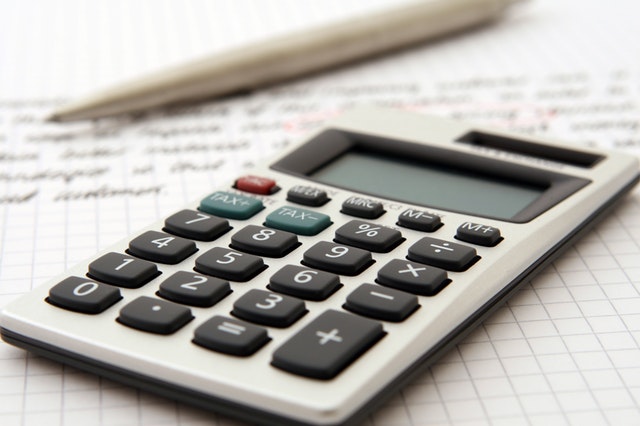What’s Ahead For Mortgage Rates This Week – December 19, 2202
 Last week’s economic reporting included readings on inflation, retail sales, and the Federal Reserve’s Federal Open Market Committee meeting. Fed Chair Jerome Powell held his scheduled post-meeting press conference and weekly readings on mortgage rates and jobless claims were also released.
Last week’s economic reporting included readings on inflation, retail sales, and the Federal Reserve’s Federal Open Market Committee meeting. Fed Chair Jerome Powell held his scheduled post-meeting press conference and weekly readings on mortgage rates and jobless claims were also released.
Federal Reserve Raises Target Interest Rate Range
The Federal Reserve’s Federal Open Market Committee announced its decision to raise the Fed’s target interest rate range to 4.25 to 4.50 percent from its previous range of 3.75 to 4.00 percent.
Fed Chair Jerome Powell said in remarks made during his scheduled press conference, “We’re going into next year with higher inflation than we thought.” Seven Fed officials predicted rising interest rates with the Fed’s interest rate range potentially reaching 5.75 percent. Analysts said that the Fed’s position of controlling inflation at any cost could result in a recession. Chair Powell said it was impossible to predict if a recession would occur and how deep it might go and how long it could last. He repeated the Fed’s commitment to controlling high inflation.
Mortgage Rates, Jobless Claims Fall
Freddie Mac reported lower fixed mortgage rates last week as the average rate for 30-year fixed-rate mortgages dropped by two basis points to 6.31 percent. The average rate for 15-year fixed-rate mortgages dropped by 13 basis points to 5.54 percent.
Initial jobless claims fell to 211,000 first-time claims filed as compared to the prior week’s reading of 231,000 new jobless claims filed. Continuing jobless claims were reported as unchanged from the prior week with 167,000 ongoing unemployment claims filed.
The Commerce Department reported lower retail sales in November than in October. Retail sales decreased by -0.6 percent in November, which surpassed analysts’ estimates of -0.3 percent. Lower retail sales could suggest an impending recession as consumers hold back on paying rapidly rising prices for non-essential goods and services.
What’s Ahead
This week’s scheduled economic reporting includes readings from the National Association of Home Builders on U.S. housing markets and Commerce Department data on building permits issued and housing starts. Reports on sales of new and previously-owned homes and weekly readings on mortgage rates and jobless claims will also be released.

 If you want to purchase a house, you will probably have to take out a mortgage. There are only a few people who have enough cash to purchase a house outright, so most will go to the bank for a loan. How do you know if the bank is giving you the best possible interest rate? Unfortunately, the bank does not always give you the best interest rate because the bank is looking for a way to make money. If they can get you to accept a higher interest rate, they will make more money on your home loan. What are some of the factors that dictate interest rates on loans, and how can you say money?
If you want to purchase a house, you will probably have to take out a mortgage. There are only a few people who have enough cash to purchase a house outright, so most will go to the bank for a loan. How do you know if the bank is giving you the best possible interest rate? Unfortunately, the bank does not always give you the best interest rate because the bank is looking for a way to make money. If they can get you to accept a higher interest rate, they will make more money on your home loan. What are some of the factors that dictate interest rates on loans, and how can you say money? If the time has come to purchase a home and you’ve been perusing the real estate market, it’s possible you’ve also been considering the mortgage options that might work best for you. In the event that you’re already spending a lot of time looking at homes and trying to sell your own, here are a few reasons you may want to leave your mortgage considerations to a professional.
If the time has come to purchase a home and you’ve been perusing the real estate market, it’s possible you’ve also been considering the mortgage options that might work best for you. In the event that you’re already spending a lot of time looking at homes and trying to sell your own, here are a few reasons you may want to leave your mortgage considerations to a professional.